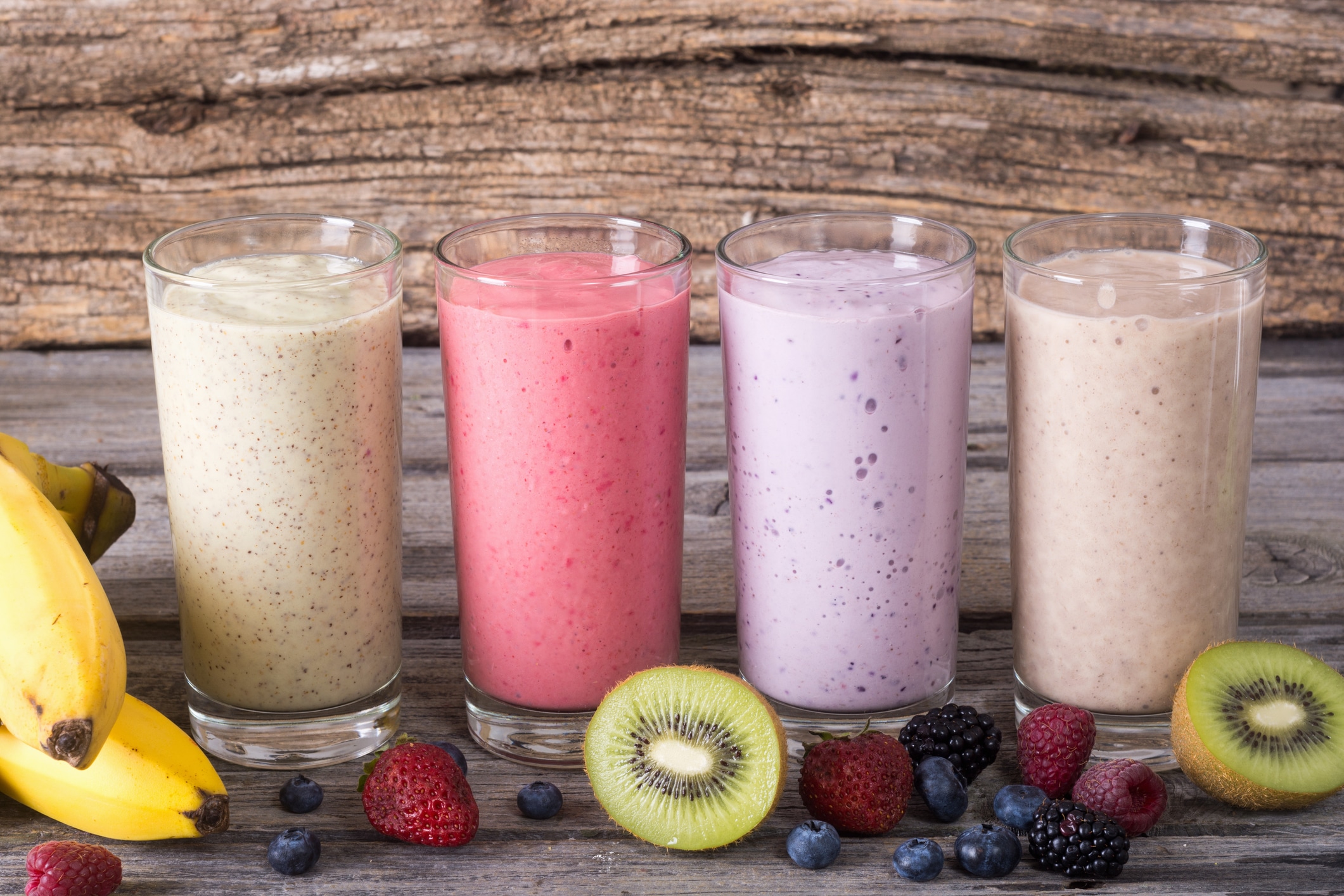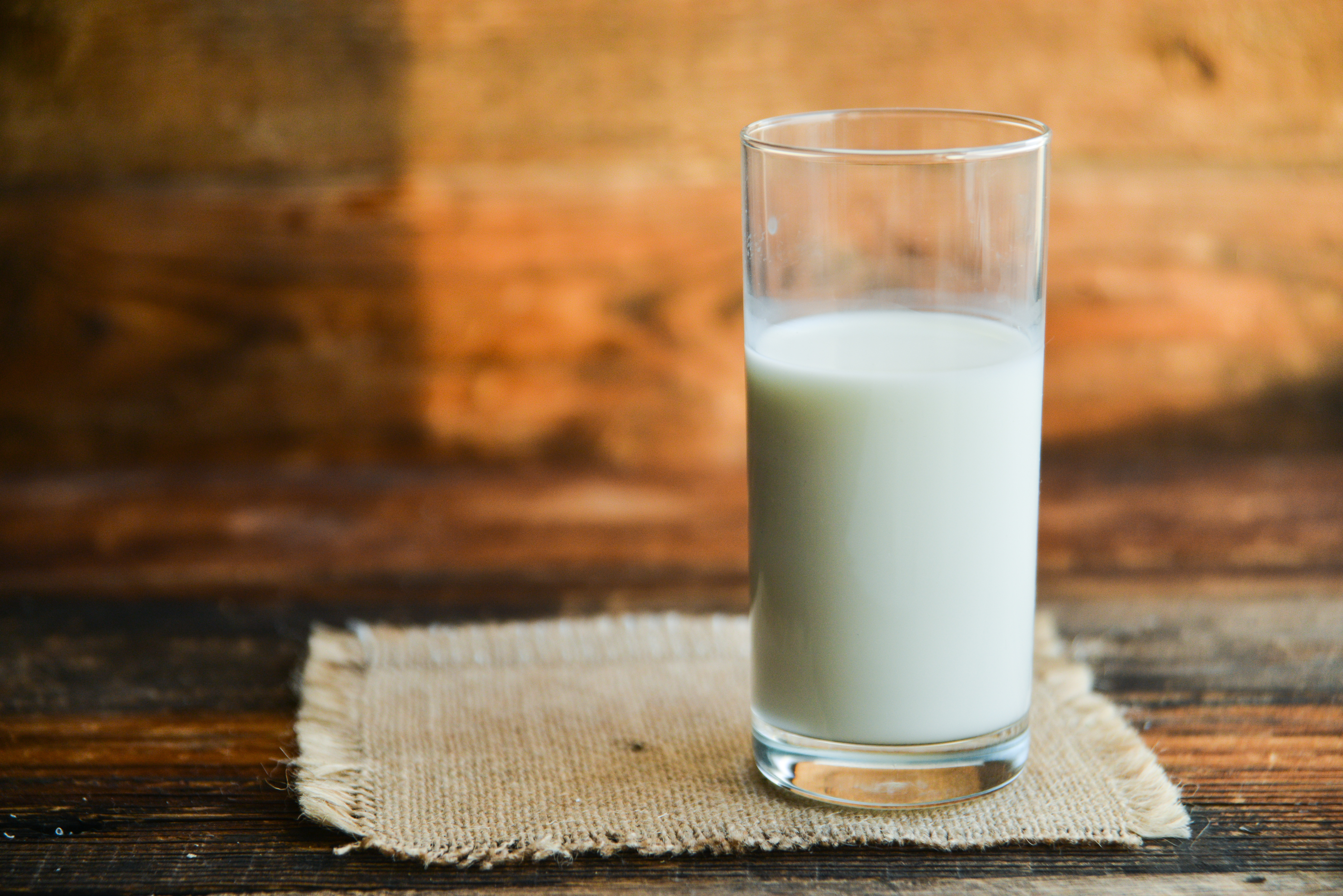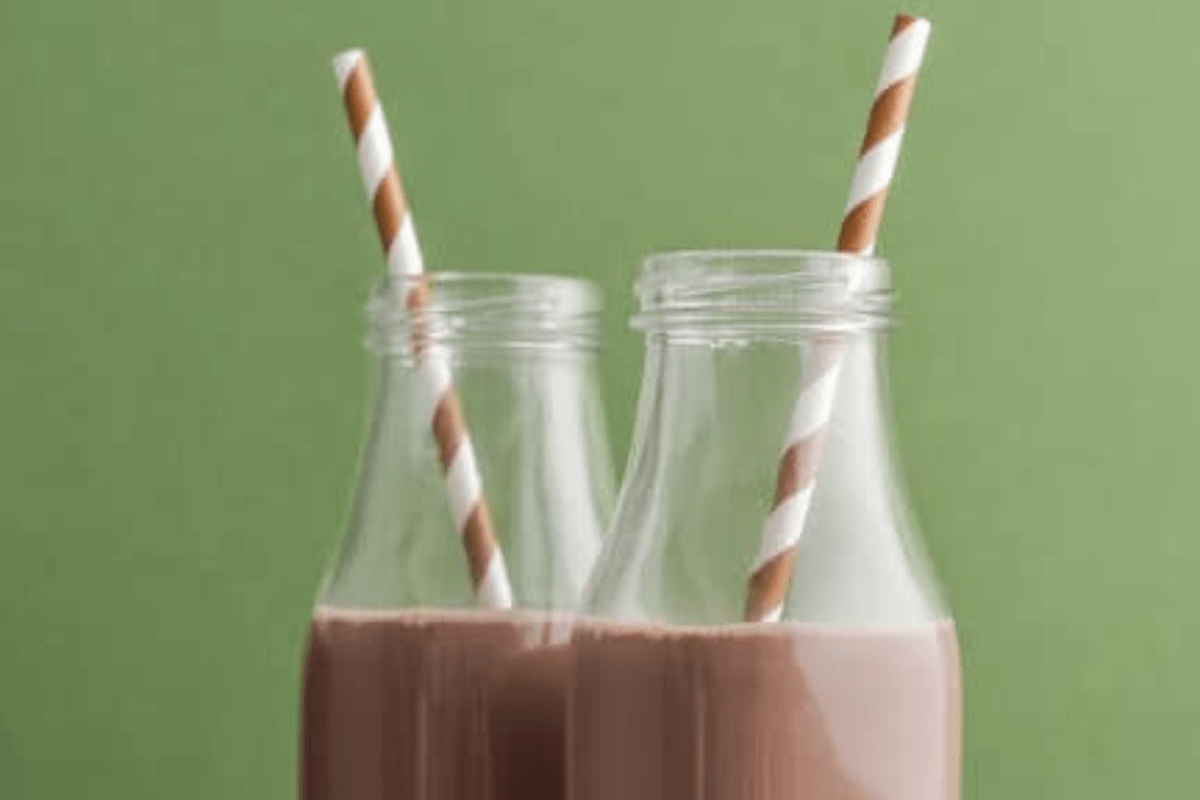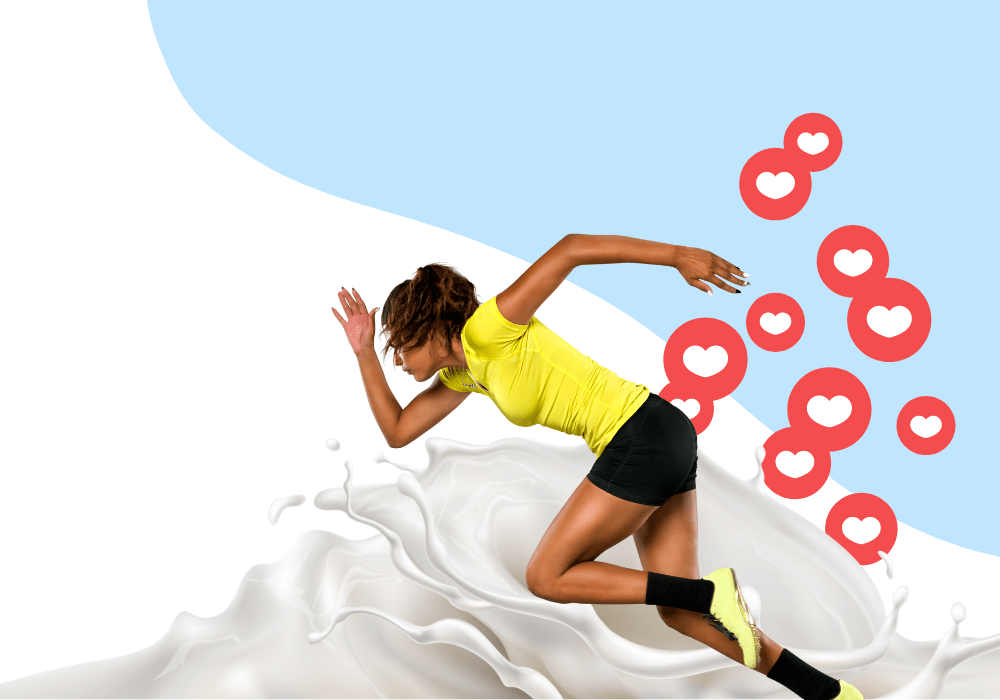What if there was a national recommendation, put forth by leading government agencies, that eating should be pleasurable? Well, guess what? There is! The 2020-2025 Dietary Guidelines for Americans (DGA) are just that, along with other recommendations beneficial for student athletes.
What are the Dietary Guidelines for Americans?
The Dietary Guidelines for Americans provide advice on what food and drinks Americans should eat to meet daily nutrient needs, promote health and prevent disease. New, updated guidelines are released every five years, based on the most up to date, evidence-based science and research in nutrition and health.
How are the Dietary Guidelines Used?
If you’ve never heard of the Dietary Guidelines for Americans, you’re not alone. The government agencies that publish the guidelines don’t expect all Americans to read the 164-page document. That’s my job. Health-care practitioners, like myself, use the DGAs as a framework to help educate Americans on how to eat. They are also used by policymakers and those in charge of updating federally funded nutrition programs, like school breakfast and school lunch, to help students meet their daily nutrient requirements.
What do the Dietary Guidelines mean for Student Athletes?
Student athletes need a solid foundation of health to perform their best, and the DGAs provide guidance on what foods and drinks to include in your diet to get you there. Here are some basics:
1. Create a Pattern of Eating to Support Your Goals
No need to get stuck on counting calories, rigid rules, and exact amounts. Instead, create a routine and pattern of eating that focuses on consistent well-rounded meals that include lean protein like low-fat and fat-free dairy products such as milk, yogurt and cheese, as well as lean meats, fish, eggs and beans; and fruits, vegetables, whole grains and healthy fats.
2. Incorporate Vegetables Into Your Meals
According to the DGAs, adolescents, ages 14-18, only consume around 1/3 of the recommended vegetable servings daily. In fact, everyone can benefit from including more vegetables in their diet throughout the day! Try adding broccoli and tomatoes to your omelet, top your pizza with sweet bell peppers and caramelized onions, add spinach to your morning smoothie, pile mixed greens high on your sandwich, try a veggie fajita instead of just grilled chicken, or roast vegetables like carrots, broccoli or zucchini as a side dish.
3. Drink More Milk
Three nutrients of concern that teenagers need to ensure they are getting enough of are potassium, calcium and vitamin D. And guess what? Milk has all three! Calcium is needed to support strong bones and Vitamin D helps to absorb that calcium. Potassium is an electrolyte important for maintaining fluid balance. It helps muscles contract and helps to maintain blood pressure, especially when sodium is in excess. Milk, cheese and yogurt are rich in calcium and potassium. Other sources of potassium include bananas, potatoes, spinach, beans, apricots and avocados.
4. Include a Few Bean-Based Meals
The DGAs recommends including beans at least three times a week. This is great for student athletes, since beans are packed with nutrients needed to succeed! Not only do they provide both the carbohydrates and protein needed to fuel and repair muscle tissues, but they’re also packed with many vitamins and minerals. They have iron, which is an important mineral involved in the transport of oxygen to working muscles. Beans are also a great source of fiber, which helps keep your digestive track healthy, and B vitamins, which help cell metabolism and brain function.
5. Pay Attention to Protein-Rich Foods
According to the DGAs, teenage females tend to be low on protein intake. That means they may also have insufficient intakes of folate, iron, vitamin B6 and vitamin B12 — the nutrients found in protein packed foods. Be sure to incorporate a wide variety of both animal and plant-based protein rich foods. Examples include lean meats, low-fat dairy or fat-free products – like milk, yogurt and cheese – beans and legumes, tofu, nuts, and seeds.
6. Keep Added Sugars to Less Than 10% of Total Calories
Want a cookie? Eat a cookie. Just make sure you are not going overboard on simple sugars. The DGAs recommend added sugars be less than 10% of total calories in a day. That means if you need 2500 calories a day, up to 250 of them could come from added sugars. Be mindful of how often and how much candy, soda, cookies, and the like, you reach for daily. By choosing strategically, you can enjoy whatever sweet you’re craving.
7. Choose More Whole Grains
The DGAs encourage all Americans to eat more whole grains, and they happen to be great for student athletes, too. Whole grains contribute more nutrients than refined grains, especially B vitamins and fiber. Choose whole grain bread, brown rice, oats, popcorn, rye, wild rice, quinoa, whole grain pasta and whole grain cereal. Tip: Look for the words “whole grain” or “whole wheat” listed first in the ingredient list; if it says ‘wheat’ or ‘enriched wheat’ it is not whole wheat!
Participating in sports brings joy, exhilaration of competition, mastery of new skills, self-belief, character building, discipline, conditioning, comradery and more. It also means you are expending more energy each day, so it’s important to fuel up with foods that nourish you and support your sports performance. Following the 2020-2025 Dietary Guidelines for Americans can help you reach short and long-term health goals as well as your sports nutrition needs to play strong!






